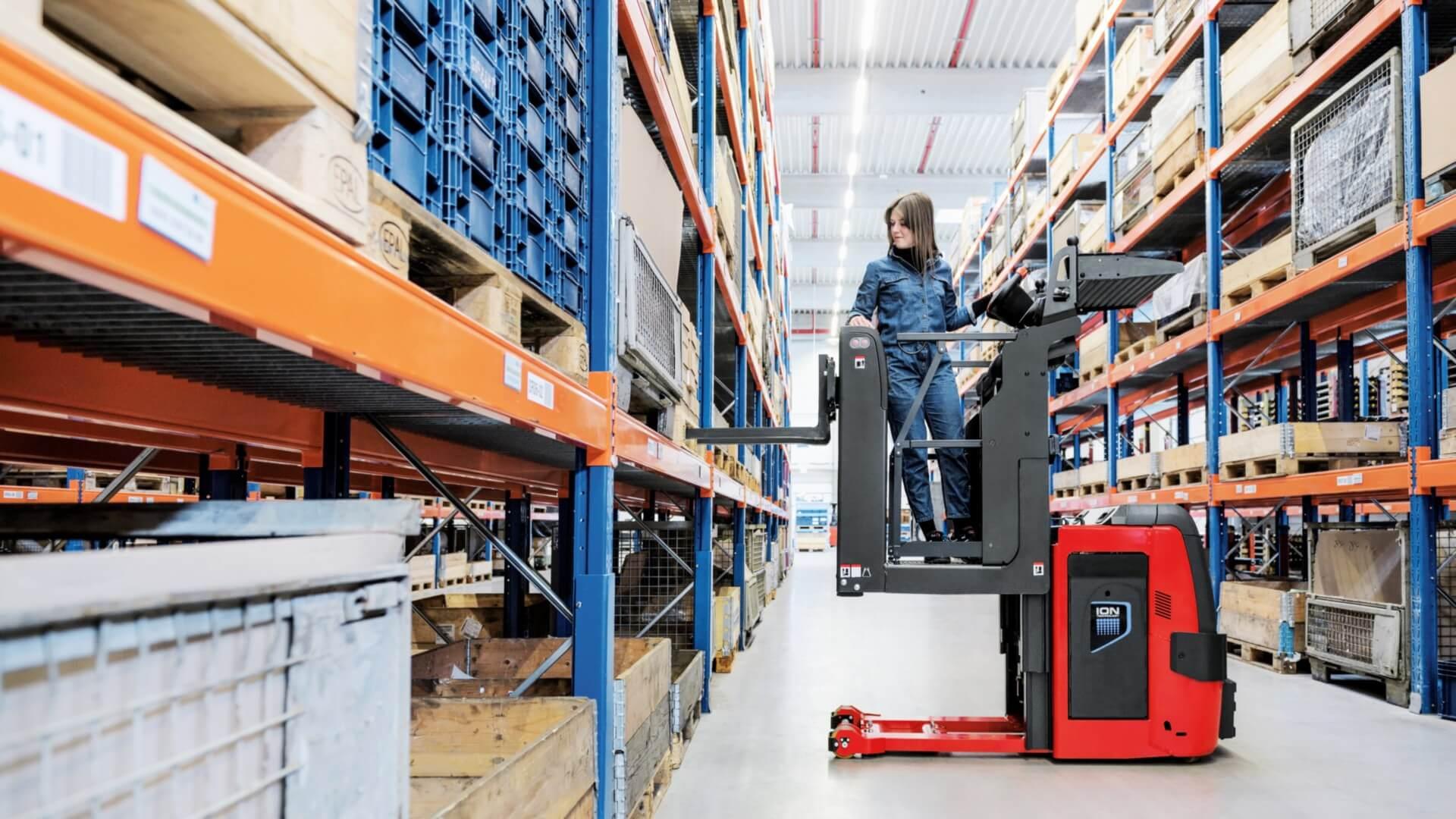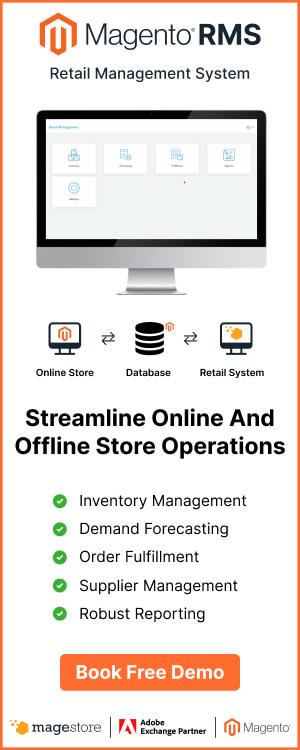Cross-docking is the direct transfer of products from inbound to outbound shipping with little or no storage space between the two. However, cross-docking also provides warehouse management services if needed. Thus, cross-docking effectively promotes logistics, significantly improving retailer supply chain efficiency and processing time. So, what is cross-docking? This article will explain the definition, classification, and application of cross-docking to your supply chain process.
What is cross-docking?

Cross-docking is a logistics method in which a supplier distributes products directly to a retailer as per purchase order. It’s the practice of unloading an inbound cargo and then loading it directly into an outbound shipment. So there is little or no warehouse in between. It eliminates the storage and order collection functions of a warehouse while still allowing for the receiving and shipping functions.
As a result, shipments typically take as little as a day at the cross-docking terminal and sometimes less than an hour. Typically, the cross-docking process begins when the cargo arrives at the port and takes place in the cross-docking facility, including:
- A receiving dock – where suppliers unload incoming goods
- A central space – where goods are sorted
- An outbound dock – where sorted goods are loaded onto a transport vehicle for direct delivery to customers
According to the cross-docking services market report by Transparency Market Research (TMR), cross-docking is expected to grow with a CAGR of 6% from 2020 to 2030 due to higher market demands for streamlined supply chain operations. In addition, research indicates that cross-docking growth will depend on integrating digitalization into logistics.
Types of cross-docking

The term cross-docking describes all different activities to collect and ship products quickly. However, based on the time that cross-docking assigns customers to an individual pallet, there are 2 basic types of cross-docking: pre-distribution and post-distribution.
Pre-distribution
With pre-distribution, you provide cross-docking providers with a distribution guide for loading, unloading, and packing goods. In other words, you identify customers before the goods leave suppliers.
Post-distribution
Cross-docking categorizes goods based on your request if you choose post-distribution. It means goods spend more time in a cross docking distribution. As a result, retailers benefit from this extra time to make informed and more intelligent decisions about where to ship based on point of sale trends and in-store sales forecasts.
Related cross-docking methods
In addition to classification by receiving time of the goods, there are 5 cross-docking methods according to inventory management:
- Opportunistic cross-docking: Purchase exact quantities of products from suppliers and ship them to customers without keeping products in stock
- Flow-through cross-docking: Ensures a continuous flow of goods to and from cross docking distribution centers
- Distributor cross-docking: Delivery from manufacturers to resellers without any intermediaries
- Manufacturer cross-docking: Use the manufacturer’s factory as a warehouse or distribution center
- Pre-allocated cross-docking: Package and label products from the manufacturer, then ship to a distribution center
Now you understand, “What is cross-docking?” The following section will present the advantages and disadvantages of cross-docking so you can consider the process.
Advantages of cross-docking

Cross-docking offers many advantages, the main one being the streamlining of the supply chain. There is no need for a distribution center, and goods are moved quickly to the next step in the supply chain. Storage space is minimal, and everything is carefully arranged according to incoming and outgoing shipments.
- Reduce labor costs as one team can handle warehousing and shipping quickly
- Eliminate inventory holding costs
- Minimize excess inventory for better inventory management
- Deliver products to customers faster
- Streamline supply chains, from the point of origin to the point of sale
- Reduce the risk of damage during the handling phase
To achieve this, most retailers need comprehensive tools and support. You can improve this by adopting modern ERP systems that integrate ample information flows to provide more agile and dynamic operations.
Risks of using cross-docking

Cross-docking offers many advantages in reducing costs associated with shipping, inventory handling, and meeting high customer expectations. However, cross-docking is a complex logistics process that requires exact information and smooth coordination of activities, including:
- A collaboration of carriers, suppliers, and cross-docking terminals to ensure efficient operation
- A high degree of automation to operate at optimal levels, carefully control and display delivery progress to customers
- Less human error in faster supply chain management
In addition, there are some potential risks related to the labor costs associated with the movement and transportation of additional goods. However, you can neutralize most of these risks by reducing inventory storage and handling costs.
When should cross-docking be used?

Cross-docking should be used for retailers with high-volume shipments and the need to accelerate the transportation process in their supply chain. However, specific industries get the most out of using cross-docking, including:
- Retailers that sell consumer goods and eCommerce. They benefit from shorter shipping times and the ability to compete with big names with quick turnaround times from order to delivery.
- Chemical, food, and beverage industries. These businesses benefit from requiring little or no storage and moving product from producers to customers in record time.
In general, most retailers reap the benefits of cross-docking, where shipments are processed faster and holding times are minimal.
What is the good example of cross-docking success?

A good example of cross-docking success is Walmart. The key to Walmart’s success is intelligent supply chain management with cross-docking to simplify and eliminate chain links such as warehousing procedures. Walmart unloads inventory directly from the entryway to the outgoing truck during cross-docking and vice versa without intermediate storage. Then, they ship the products directly from cross docking distribution centers to their stores.
To do this, Walmart has established long-term and strategic relationships with its suppliers, buying in bulk in exchange for the lowest possible prices. In addition, information technology and inventory management systems play an essential role in streamlining and automating their supply chain management processes by:
- Consolidating stores and headquarters into one local computer network
- Forecasting real-time demand and inventory
- Using barcodes and RFID tags to track product journeys three times faster than barcode tracking
As a result, Walmart cuts costs and invests in competitive pricing for long-term profitable growth.
What is the future of cross-docking?

Customer expectations are increasing, so fast and accurate delivery is one of the most critical challenges facing modern retailers. Although cross docking distribution isn’t a new method, it’s seen a resurgence in recent years. Cross-docking gets products from retailers to customers with minimal cost and time. So, what is cross-docking going to be like in the future?
With many items passing through every hour, you must equip cross-docking terminals and modern systems to ensure accuracy, speed, and massive information flow. In addition, you can combine modern technology trends, digitalization, and robots to meet the challenges of labor resources for fast and continuous operation.
- Receiving: Implement conveyor belts to put inbound cargo and automatically transfer them to sorting robots
- Sorting: Use sorting robots to move items following a smartly planned chute layout to optimize space usage
- Loading and unloading: Combine RFID technology to track the flow of multiple items
- Delivering: Apply intuitive interfaces to assign the robot to move the goods to the outbound dock for delivery, ensuring the final step of the operation
Final thoughts
If you’re a retailer trying to streamline supply chain operations, transitioning from a traditional distribution center model to cross docking distribution is a cost-effective solution. From there, your logistics process becomes faster and more efficient.
However, the cross-docking process isn’t suitable for all types of products. Therefore, you need to consider whether cross-docking reduces costs and increases your retailer’s productivity and customer satisfaction. In addition, the success of cross-docking depends on the ability to integrate modern warehouse and inventory management solutions for a rapid and exact process.















thanks for this article on cross docking in the company and this connectivity with supply chain.